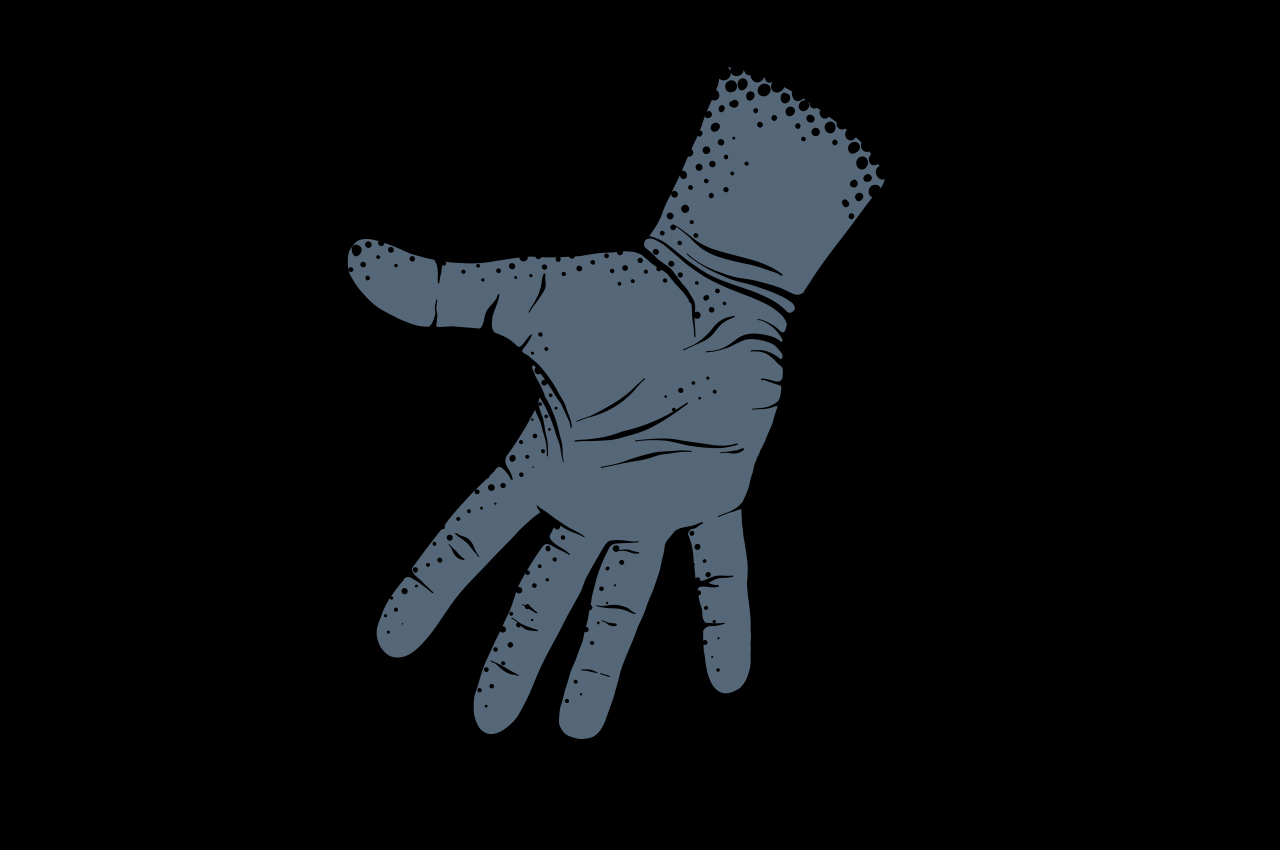Are you feeling a lump or heaviness in either of your testicles? It’s time for a screening! In fact, in the spirit of Movember – go for a screening anyway. Your doctor can give you tips on what to look out for, so you don’t miss any serious symptoms. Testicular cancer is common among men between the ages of 15 and 39, so if you notice anything strange, it’s not the time to be shy, guys! A doctor’s visit can save your life.
What adds to the risk?
A family history, age (most common in ages 15 to 39) and an abnormal development of testicles puts you at a higher risk of developing cancer.
What are the signs and symptoms?
The cancer usually affects one testicle. It’s a pea sized, painless lump or swelling in either or both of your testes. You’ll feel aches and pains in your lower abdomen, groin or back and heaviness in your testicles.
So, the earlier you detect it, the better. If, however, you do pick up a lump, don’t panic! It is entirely treatable! Here’s the run-down:
1. The stages of the cancer:
Stage 1: The cancer is limited to one of your testicles.
Stage 2: The cancer has spread to the lymph nodes (glands) in your tummy.
Stage 3: The cancer has spread to other parts of the body. Testicular cancer is commonly known to spread to the liver and lungs.
2. You can still function with one testicle.
One testicle is still able to produce enough testosterone and sperm to compensate for the removal of the other: you will even be able to have children.
3. You will be able to have sex again.
While your body is still able to produce testosterone, you’re still able to get an erection and ejaculate. When both testicles are removed it will affect your sexual function as the body isn’t able to produce the male hormone. It will decrease your libido and ultimately result in no erection. Testosterone replacement therapy can help put you back on track.
4. It is curable.
Yes, it is treatable. The cure depends on a lot of factors, including your choice of treatment, overall health and the stage of cancer.
5. There are several successful treatment options
- Surgery to remove your testicles
- Radiation therapy
- Chemotherapy
- Surgery to remove nearby lymph glands
- Stem cell transplant.
6. You could even preserve your sperm if you’re worried
Most methods to prevent infertility need to happen before any cancer treatment begins. Your doctor can help you explore options to prevent fertility through:
- Sperm banking
- Protection of testes from radiation
- Testicular biopsy and aspiration: A specialised sperm-extraction technique
- Testicular tissue freezing: For boys who haven’t been through puberty
7. You should be able to have kids even with one testicle
Most men have one testicle removed and are still able to father children. According to the Cancer Research UK, treatments like chemotherapy and radiation to remove lymph glands in your abdomen, can put you at risk of permanent infertility and you might not be able to father children. Treatment will vary for most.
8. Even if the cancer reappears, it can still be treated.
If there’s a relapse after treatment, tests will be repeated to check how well the treatment is working. A re-staging process will take place which involves check-ups and further tests. Your other testicle is at great risk of developing the cancer, so it’s important to go for regular check-ups and report any unusual symptoms to your doctor immediately.
References:
- http://www.mayoclinic.org/diseases-conditions/testicular-cancer-care/diagnosis-treatment/diagnosis/dxc-20314689
- http://mensfoundation.co.za/mens-health/testicular-cancer/
- http://www.issm.info/sexual-health-qa/how-might-removal-of-one-or-both-testicles-affect-a-mans-sex-life/
- http://www.cancer.net/navigating-cancer-care/dating-sex-and-reproduction/fertility-concerns-and-preservation-men
- http://www.emedicinehealth.com/testicular_cancer_treatment_patient-health/page3_em.htm

